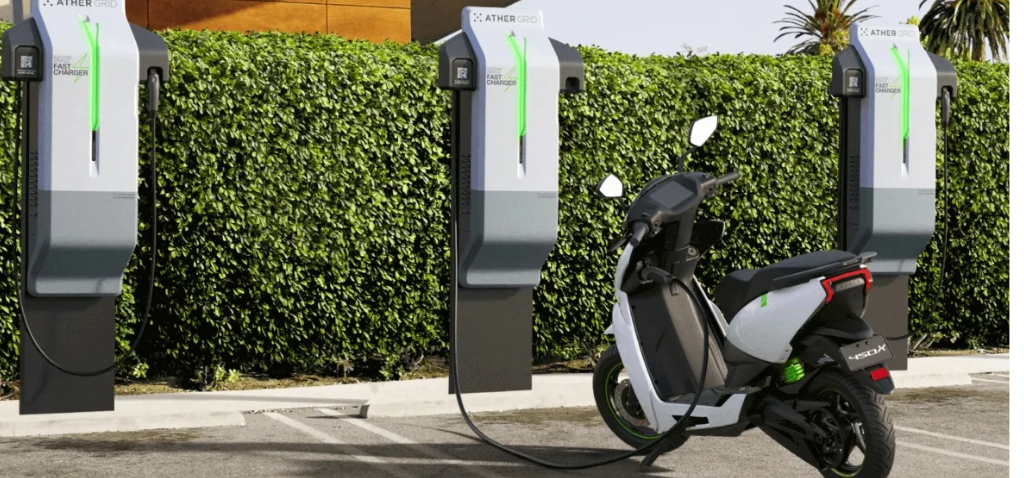As Nepal’s EV market continues to grow, one of the biggest challenges for electric vehicle (EV) companies remains battery performance and charging infrastructure. Among EV users, particularly in the two-wheeler segment, a major concern is range anxiety—the fear of running out of charge on long-distance rides. At Ather, we are bridging this gap by expanding our fast-charging network across Nepal. As of April 25, 2025, we have successfully installed 21 fast chargers at key locations, enabling riders to charge their Ather scooters from 0 to 80% in just 45 minutes—the perfect duration for a short tea break. But we’re not stopping here. Our mission is to make long-distance EV travel effortless, and we are actively working to expand our fast-charging infrastructure across Nepal. With Ather, the road ahead is electric, seamless, and built for the future.

Nepal’s electric vehicle (EV) market is growing fast, with more people choosing eco-friendly mobility. But one big challenge still stands-charging. Many riders worry about running out of charge before reaching their destination, especially for long-distance travel.
That’s where Ather steps in. To make EV travel more convenient, Ather has set up 21 fast-charging stations at key locations across Nepal. With Ather’s fast-charging technology, riders can charge their scooters from 0 to 80% in just 45 minutes - just enough time for a short tea break. And this is just the start! Ather is actively working to expand its charging network across the country.
The charging infrastructure in Nepal is improving, but there’s still a long way to go. The Nepal Electricity Authority (NEA) has installed fast-charging stations along highways, while private companies are setting up more in urban areas. However, rural regions still lack proper facilities. Ather is working to change that by placing fast chargers in high-traffic areas, ensuring riders have access to reliable charging wherever they go.
Many EV users rely on home charging, which typically takes 4 to 8 hours. Ather scooters take about 3 hours to fully charge at home, unlike other electric scooters. But for those on the go, Ather’s fast-charging network offers a much quicker alternative. Many Bhatbhateni Super Stores and Ather ECs in Kathmandu now provide 24-hour fast charging, making sure riders can charge up anytime they need.
When it comes to range, different factors like battery capacity, road conditions, and riding style play a role. Most electric scooters in Nepal have a range of 60 to 80 km per charge, but Ather scooters stand out by offering up to 161 km under ideal conditions. Plus, Ather’s smart regeneration technology helps extend the battery life by converting braking energy into power, letting riders go further without extra charging.
As Nepal’s EV infrastructure grows, long-distance travel on electric scooters is becoming a reality. Ather is working on making trips between Kathmandu, Pokhara, and Chitwan easier, ensuring riders can travel between major cities without worrying about charging. With an expanding charging network, Ather is set to transform how people experience EV travel in Nepal.
Charging costs vary across Nepal. Government-owned stations typically charge NPR 4 per unit, while private stations charge up to NPR 8 per unit. But here’s the best part—Ather has been offering free charging since day one and will continue to do so until 2026. This makes Ather one of the most cost-effective choices for EV riders in Nepal.
Nepal’s EV market is on the rise, with both government and private sectors working to improve charging infrastructure. The NEA is expanding its charging grid, while companies like Vaidya Energy are also contributing to the network. Ather is leading this shift with a strong commitment to expanding its fast-charging network across Nepal in the coming years.
By making charging easier and more accessible, Ather is not just powering electric scooters—it’s driving the future of sustainable mobility in Nepal.